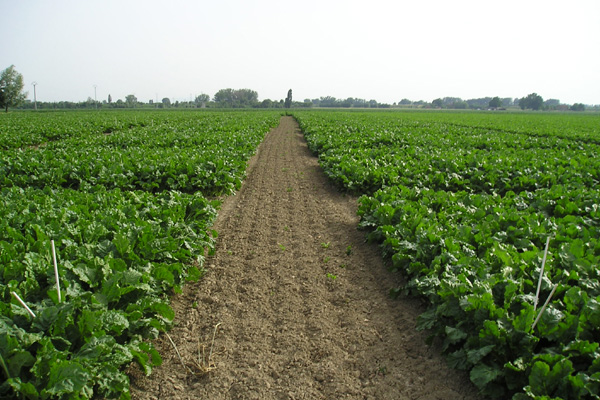Some important people who have contributed in defining the history of beet:
Oliver De Serres
 |
| Oliver de Serres |
Importante agronomo francese che nacque alla metà del XVI secolo; a lui si devono l'introduzione in francia la coltivazione di alcune piante, quali il gelso, il mais, il luppolo e la robbia. Come scrisse nel 1600: “quando viene cotto, questo alimento produce un succo simile allo sciroppo di zucchero”, egli ebbe l'intuizione che la barbabietola potesse contenere zucchero, ma non riuscì a trovare un metodo di estrazione.
Important French agronomist who was born in the middle of the sixteenth century; He was responsible for the introduction in France ot the cultivation of certain plants, such as mulberry, corn, hops and madder. As he wrote in 1600: "when cooked, this food produces a juice like sugar syrup", he had the intuition that the beet could contain sugar, but was unable to find a method of extraction.
Fonti-sources:
http://www.eufic.org/article/it/artid/barbabietola-zucchero/
Fonti-sources:
http://www.eufic.org/article/it/artid/barbabietola-zucchero/
Andreas Sigismund Marggraf
 |
| Andreas Sigismund Marggraf |
L'ultimo importante chimico che sosteneva la teoria del flogisto; nacque in Germania all'inizio del settecento. Il suo contributo scientifico di maggior rilievo fù la scoperta del 1747, che la barbabietola contiene saccarosio in grandi quantità come la canna da zucchero.
The last important chemical that supported the theory of phlogiston; he was born in Germany at the beginning of the eighteenth century. His most significant scientific contribution was the discovery in 1747, that the beet contains sucrose in large quantities as sugarcane.
Fonti-sources:
 |
| Pacco di zucchero Pinin Pero |
Imprenditore che nel 1890 fonda un'azienda a gestione familiare, la Figli di Pinin Pero & C. S.p.A. a Nizza Monferrato, in provincia di Asti. L'azienda è uno zuccherificio che inizialmente si occupava della produzione di zucchero di barbabietola. Oggi la produzione si è ampliata anche allo zucchero di canna grezzo, di cui è il maggior importatore in Italia.
Entrepreneur who in 1890 founded a family business, the Figli di Pinin Pero & C. in Nizza Monferrato, in the province of Asti. The company is a sugar factory that initially dealt with the production of beet sugar. Today, production has expanded also to raw cane sugar, which is the largest importer in Italy.
Fonti-sources:








